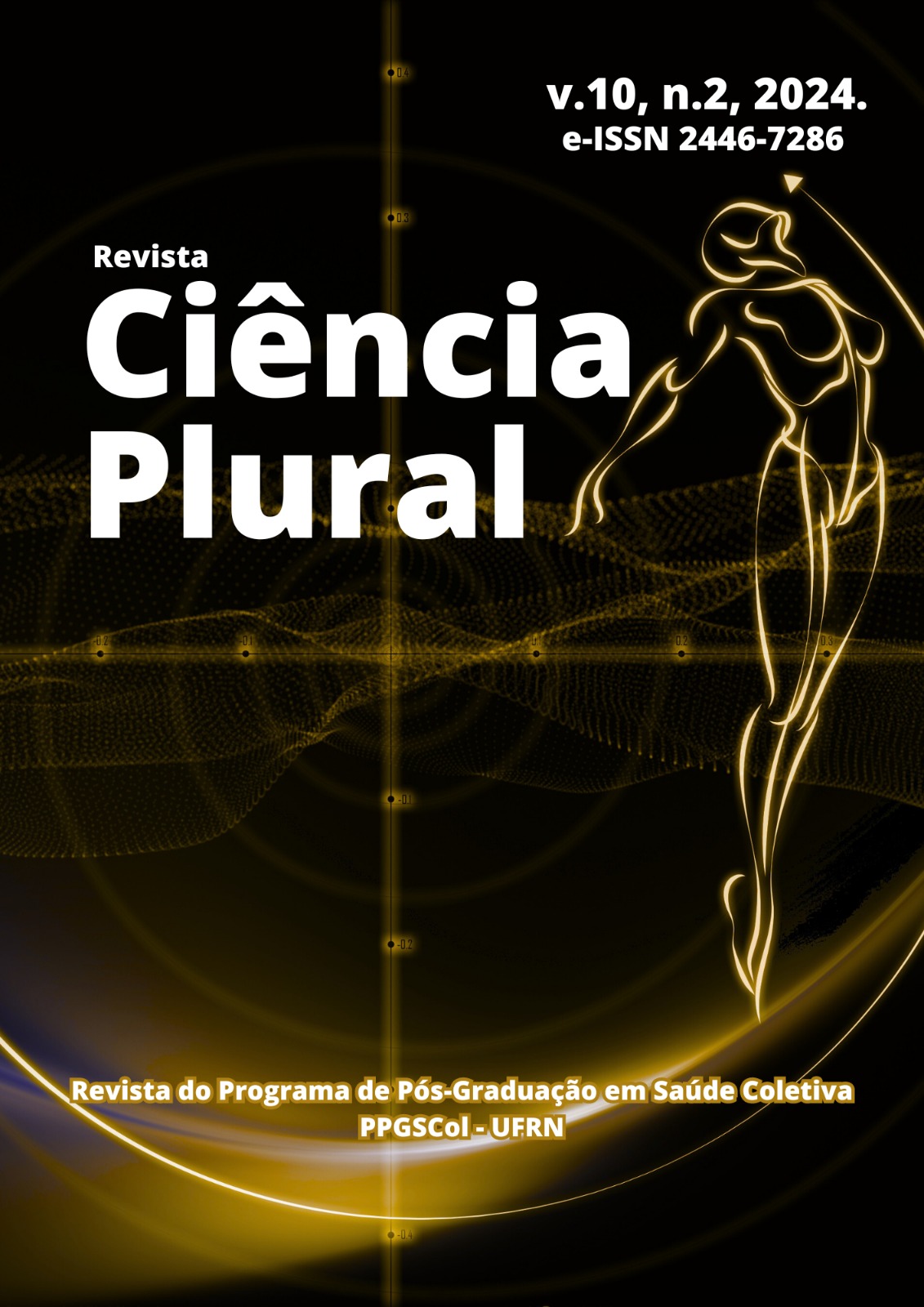TRATAMENTO SINTOMÁTICO (BLINDAGEM DO ESMALTE) EM PACIENTE COM HIPERSENSIBILIDADE DENTINÁRIA SEGUIDO DE CLAREAMENTO DENTÁRIO: RELATO DE CASO
DOI:
https://doi.org/10.21680/2446-7286.2024v10n2ID35296Resumo
Introdução: A hipersensibilidade é uma doença que acomete grande parte da população que, por muitas vezes, também almejam uma melhor estética dos dentes através do clareamento e não alcançam seu objetivo devido sua condição sintomática. Objetivo: Verificar se uma paciente com hipersensibilidade dentinária e trincas no esmalte, ficaria sem dor após realização da blindagem do esmalte com agentes dessensibilizantes de ação neural e oclusiva em sessão única e, ainda, se continuaria sem dor após o clareamento de consultório utilizando o peróxido de carbamida a 37%. Relato de caso: Paciente do sexo feminino, 31 anos, apresentava todos os elementos dentários com alta translucidez, muitas trincas e desgaste dental erosivo restrito à ponta de cúspide nos elementos 36 e 46. Após estes achados e associado à história clínica relatada de alta sensibilidade na dieta principalmente gelada, fechou-se o diagnóstico de um caso de hipersensibilidade dentinária. Foi realizado um procedimento dessensibilizante, em sessão única, com agentes de ação neural e oclusiva e, sequencialmente, clareamento dentário de consultório. A paciente relatou eliminação da sensibilidade com o tratamento dessensibilizante (blindagem do esmalte), o que levou à concordância da paciente em realizar o clareamento com produto à base de peróxido de carbamida a 37% que promete ausência de dor. Conclusões: o protocolo dessensibilizante utilizado cumpriu seu papel no quesito eliminação da dor com retorno da paciente às atividades diárias antes impossibilitadas (como ingerir bebidas geladas) e propiciou a realização de clareamento dentário sem dor, porém sem muito sucesso na mudança de cor alcançada.
Downloads
Downloads
Publicado
Como Citar
Edição
Seção
Licença
Copyright (c) 2024 Revista Ciência Plural

Este trabalho está licenciado sob uma licença Creative Commons Attribution-NonCommercial-ShareAlike 4.0 International License.
À Revista Ciência Plural ficam reservados os direitos autorais referente a todos os artigos publicados.

 Português (Brasil)
Português (Brasil) English
English Español (España)
Español (España)













